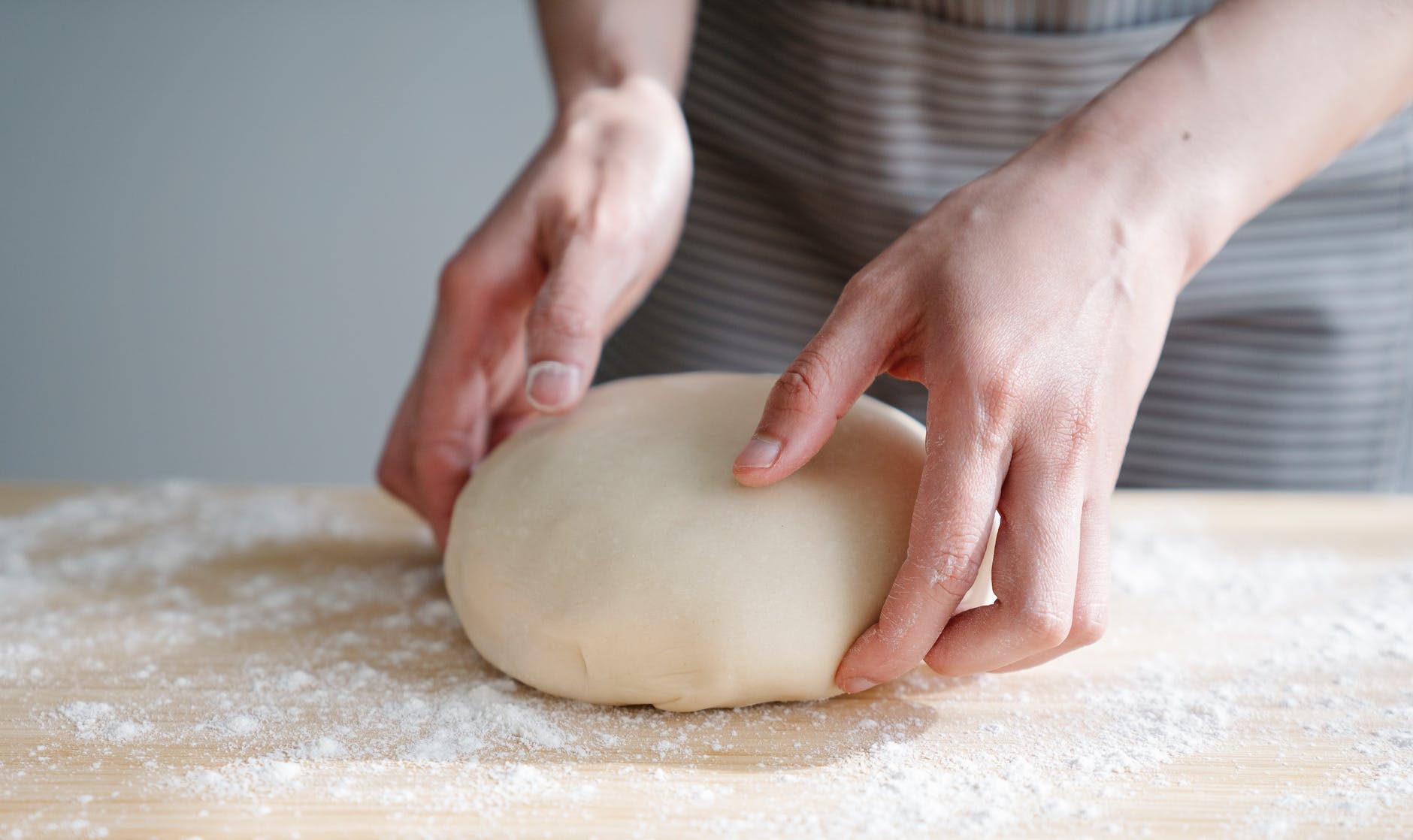
Fabulous homemade pizza with 00 flour pizza recipe.
00 flour pizza recipe There are several pizza dough recipes
Making pasta is a traditional Italian art. With a batch of fresh pasta dough, you can make several types of pasta such as tagliolini, tagliatelle, ravioli, tortellini, and even lasagna. Making a batch of fresh pasta will not take too much time.
It takes 15 to 20 minutes to mix and shape the dough. When you have a smooth and chewy flour, let it rest for about 30 minutes before rolling and cutting into fresh pasta. This process can be done within 1 hour. There are some hints and ingredients you may not know about.
The first thing you should know when shopping for pasta at home is to choose the right flour. The flour you need here is durum flour. They have other names such as Semola or Semolina.
There are some people who prefer to eat finer pasta and they choose to use normal flour (white flour). This flour is a soft flour.
However, traditionally, fresh pasta will use durum flour. This is a harder and tougher form of flour. Mix with 50% common wheat flour and 50% durum flour, you will get fresh pasta true to the taste of this traditional Italian dish.
In addition, durum flour is higher in protein and starch than normal wheat flour. Fresh pasta made at home with this upgrade will be more nutritious than when you use only plain flour.
Optional: salt, olive oil
If sticky and wet, add flour. If it is too dry, add some water.
This is the hardest step. Keep calm and knead the dough until it is smooth. Not kneading enough, your pasta will be soft after cooking. Pasta is not authentic without having the proper toughness of the pasta loved by Italians, also known as al dente.
Divide the dough into 2 separate pieces and roll one piece at a time.
First, you should note, these two types of pasta are different but not different in quality. Fresh pasta is more suitable for sauces with lighter sauce than canned pasta.
Making more concentrated sauces (tomato sauce, garlic sauce, with capers, olive seeds, roosters, beans and vegetables)
Dried pasta here is described as rigatoni, linguine, spaghetti, and bucatini.
When you want a lighter dish with a base of butter or milk (alfredo, carbonara)
The types of fresh pasta mentioned are tagliatelle, pappardelle, and fettuccine.
Dry pasta use semolina powder only mixed with water. This type is suitable for vegetarians or vegans.
Fresh pasta uses a mixture of eggs and semolina flour. This means that the nutritional content of home-made pasta will be higher in protein than dried pasta
Soft, smooth with an attractive golden color. This is the advantage of making fresh pasta. Fresh pasta is delicious and softer than dried pasta.
Cooking time for fresh pasta is faster than for dry pasta. It only takes less than 3 minutes.
Particularly in Italy, there are about 250 different types of pasta. This is a country with a long tradition of making pasta. During the development of the culinary industry, many different types and dishes with wheat flour were created. These types of pasta are divided into 3 basic groups: long, short, and filled.
Simple round: capellini, spaghetti, spaghettoni
Round and hollow inside: bucatini, perciatelli, maccheroncelli, mezze zite, zite
Long rectangular flat: bavette, linguine, tagliarelli, fettuccine.
Specially shaped: ricciutelle, reginette
Gap between 2 sharp points: penne, mostaccioli, maccheroni, pennette
2 round ends: ditali, ditaloni, maniche, mezze maniche, bombolotti
Curly, rolled: chifferi, chifferotti, lumache, conchiglie
Some special shapes: kachs pisellini, piselli, puntine, anelli
There are many types that have not been mentioned here. The variety of pasta makes many chefs dedicate their careers to this country’s cuisine.
With fillings: Ravioli, tortellini, manicotti
Put cold water into a large pot. Add a pinch of salt and a generous drizzle of olive oil. Oil helps to keep the pasta from sticking to each other. When the water is at a rolling boil, add your pasta. After 2 minutes, begin to taste the pasta directly. Do not depend on a timer. Tasting is the best way to get the pasta right to your liking. Be careful not to overcook the pasta and lose the toughness that Italians call al dente.
This topic deserves a lot of different entries. However, here are some famous special dishes made with fresh pasta. Please refer and try it. If there is a need or comment, we will share the detailed recipe for the next time.
Pasta with alfredo sauce
Pasta with cheese and pepper sauce – Pici Cacio e Pepe:
Tagliatelle pasta with mushroom sauce
Pasta with tomato sauce
Pasta bolognese sauce
How useful was this post?
Click on a star to rate it!
Average rating 0 / 5. Vote count: 0
No votes so far! Be the first to rate this post.

00 flour pizza recipe There are several pizza dough recipes

Pizza dough is the most important foundation of a great pizza. Why don’t we buy a frozen pizza dough and make it? Because the biggest problem when you get the frozen pizza dough is you don’t know after roasting, how crispy will be the crust? Follow Luna J.S.C’s pizza dough recipe to get a soft and chewy crisp.

With its bright flavor, this easy-to-use preparation method makes it so popular in kitchens all over the world. Luna J.S.C will show you the simplest way to make tomato sauce.